AMERICAN FRAMING |
29/04/22 - 26/06/22
Exhibition Jaroslav Fragner Gallery |
| |
Commissioned by University of Illinois Chicago (UIC), the United States Pavilion at the 17th International Architecture Exhibition of La Biennale di Venezia (2021) brought unprecedented attention to wood-framed construction in American architecture, which had been largely overlooked by historical and contemporary discourse. This spring, UIC Faculty and Co-Curators Paul Andersen and Paul Preissner continue to explore the ubiquity and aesthetic power of this architectural element in three new iterations of American Framing: its first presentation in the United States at Wrightwood 659 in Chicago (May 6 – July 16, 2022); a reinstallation at the Galerie Jaroslava Fragnera in Prague (April 28 – June 24, 2022); and a new volume published by Park Books (Summer/Fall 2022).
“American Framing in all its forms represents our faculty’s research excellence and reflects our growing international reputation. We’re thrilled at the opportunity not only to showcase the breadth and depth of our faculty and alumni talent, but also to provide our students with hands-on experience through their contributions to the fabrication of models and furniture design,” said Rebecca Rugg, Dean of the College of Architecture, Design, and the Arts at the University of Illinois Chicago. Marking the first presentation of American Framing in the United States, the exhibition at Wrightwood 659 expands upon the works created for the 17th International Architecture Exhibition – La Biennale di Venezia. A new three-story installation in Wrightwood 659’s atrium introduces visitors to this quintessential architectural form and anchors the exhibition with an abstraction of a wood-framed building, exaggerating the form and inverting the roof. The galleries feature models of historic buildings researched and built by UIC students, including structures that were unable to be realized for the Venice presentation due to their size and complexity. The exhibition also includes commissioned photographs by Chris Strong and Daniel Shea—including never-before-exhibited works by Shea—as well as furniture produced in common lumber by Norman Kelley and Ania Jaworska.
opening: 28th April, 7 pm
ORGANIZERS
PARTNERS OF THE EXHIBITION |
Images
 |  | 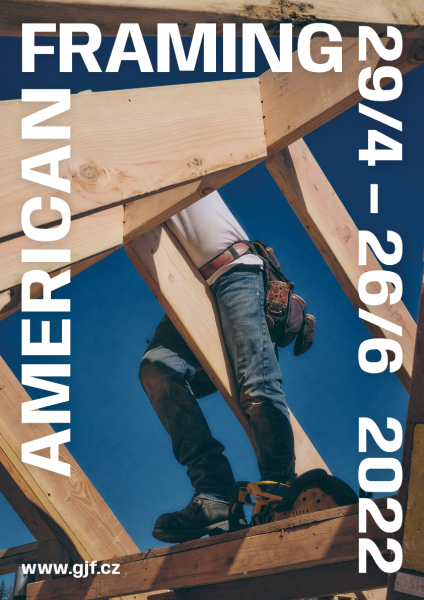 | 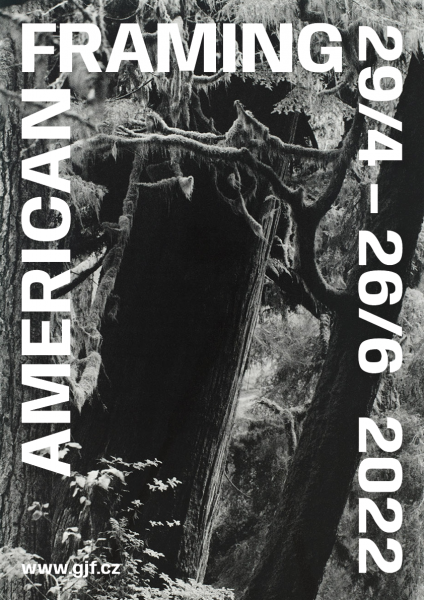 |
 | 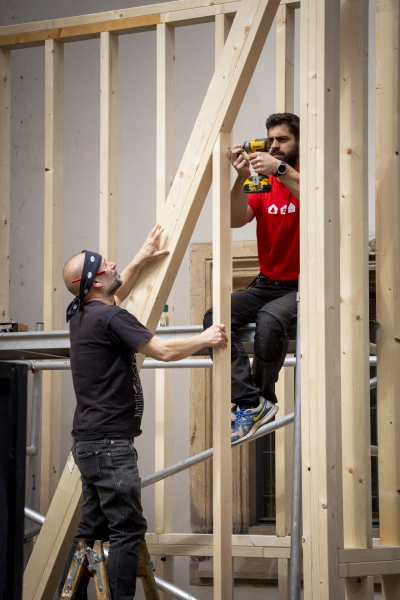 | 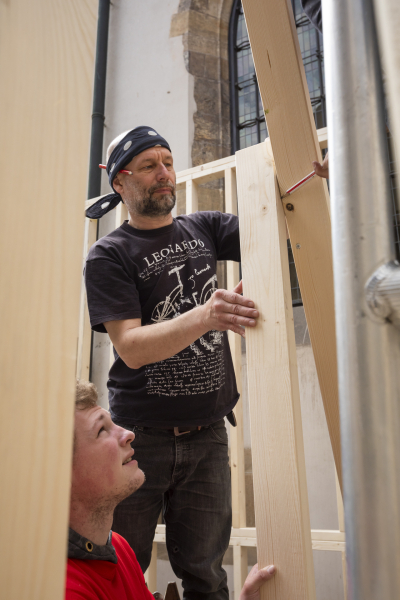 | 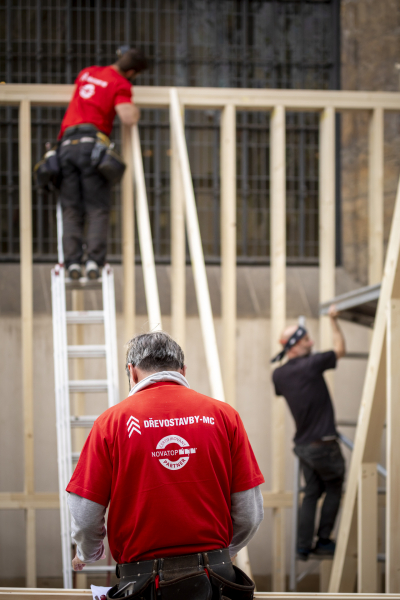 |
 |  | 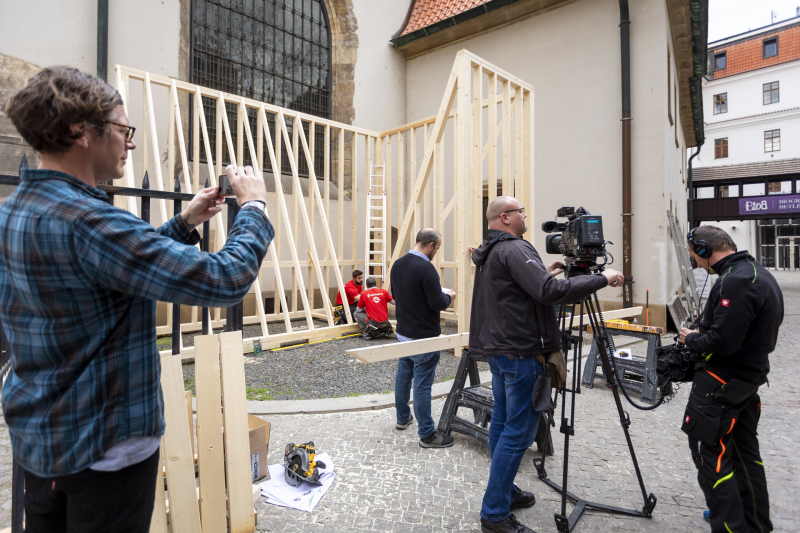 | 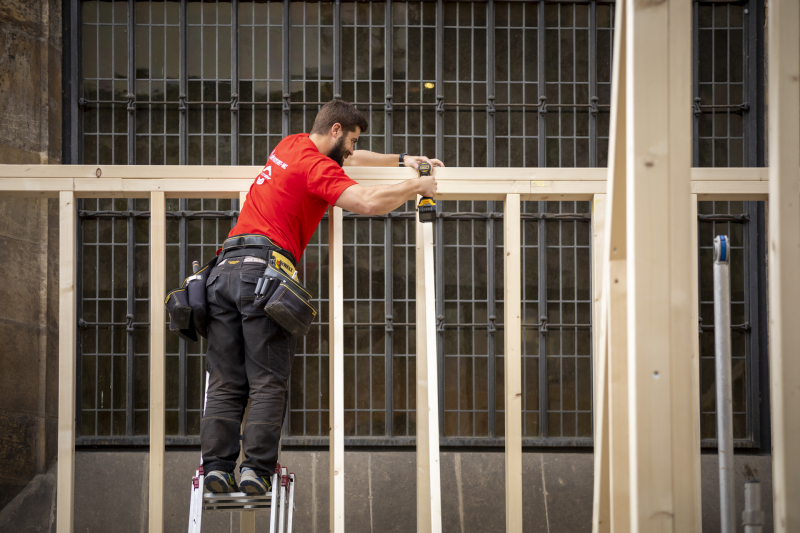 |
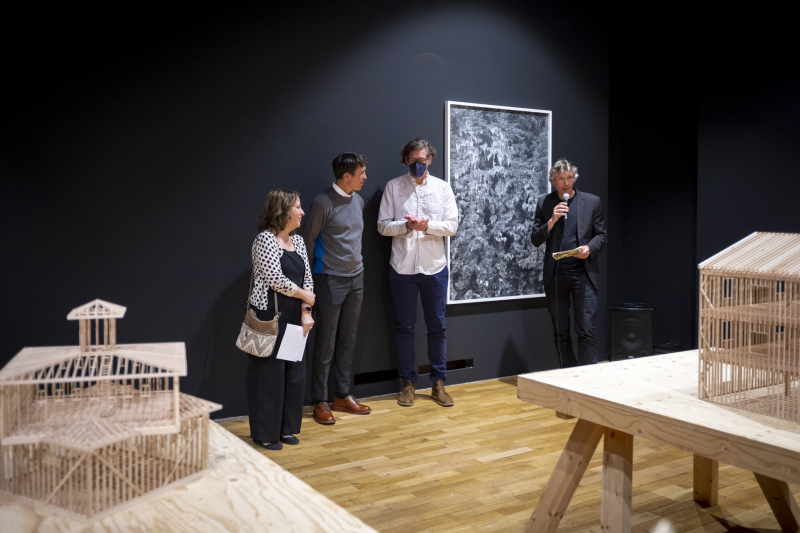 |  | 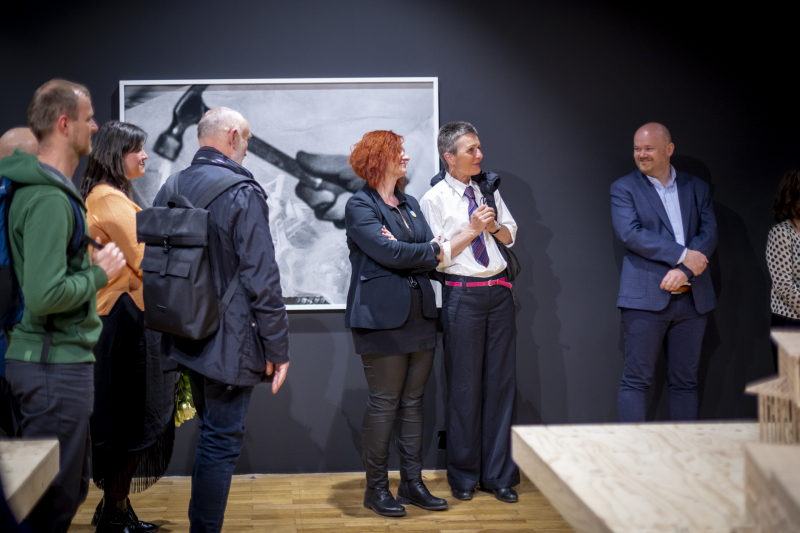 | 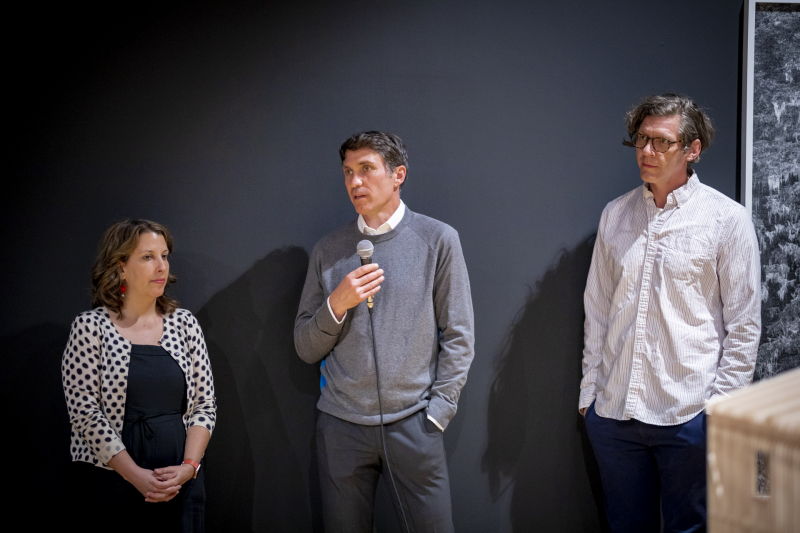 |
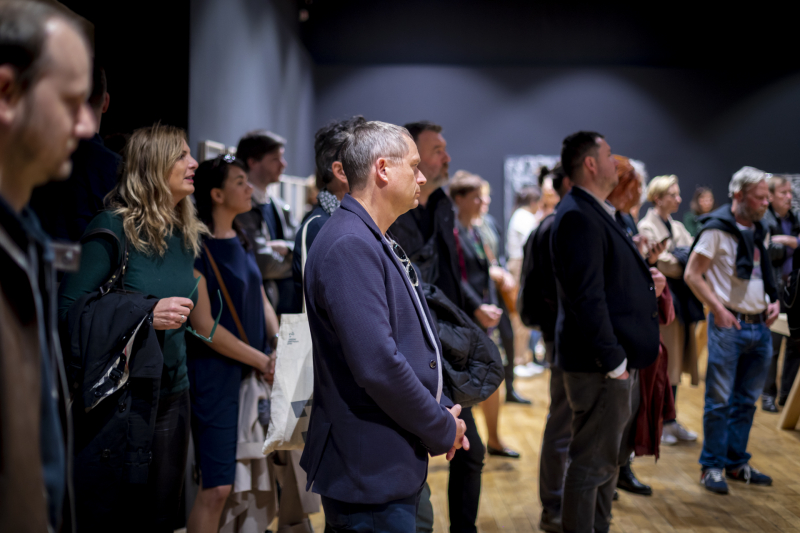 |  | 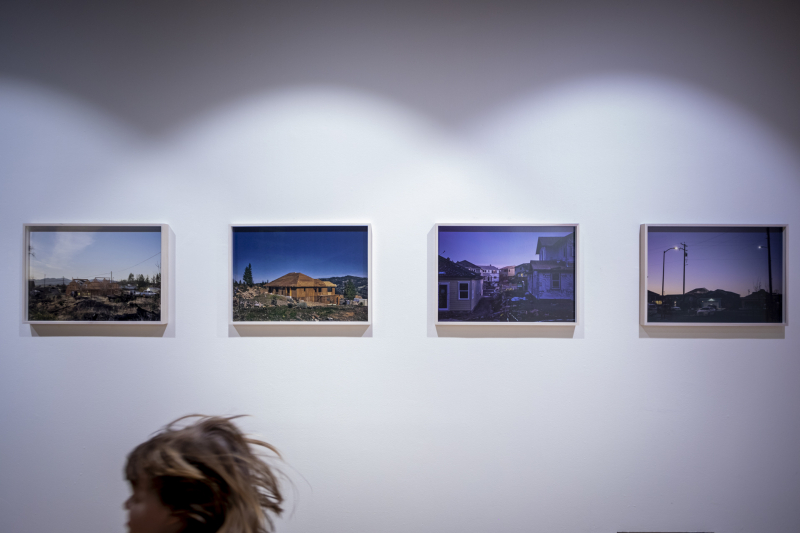 | 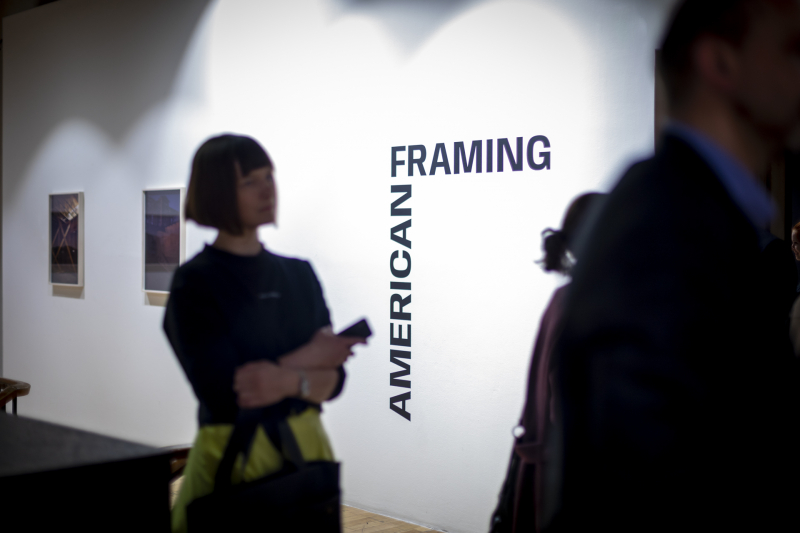 |
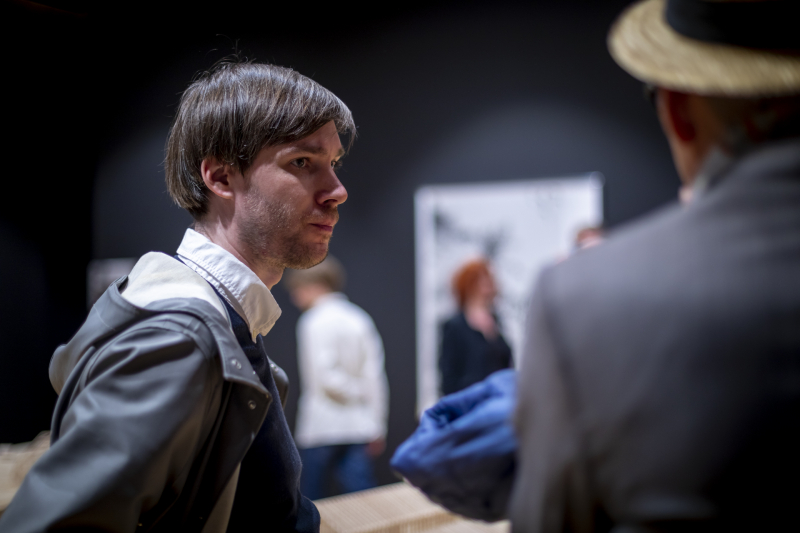 |  | 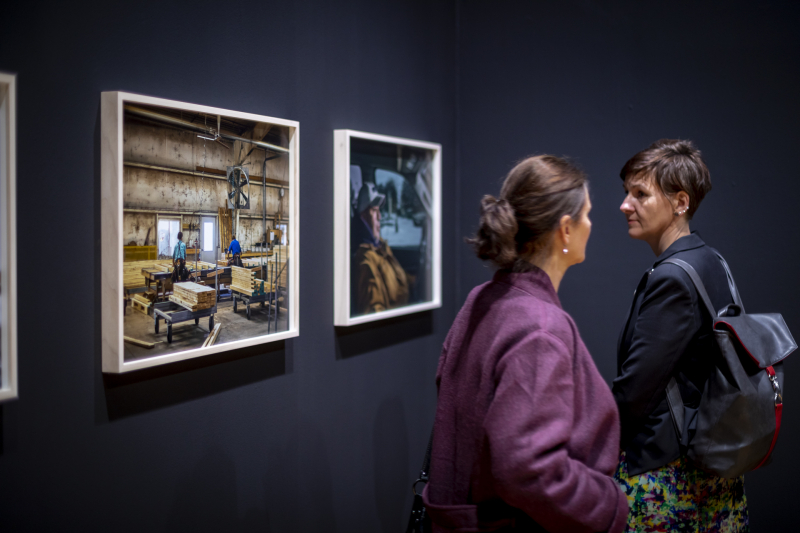 | 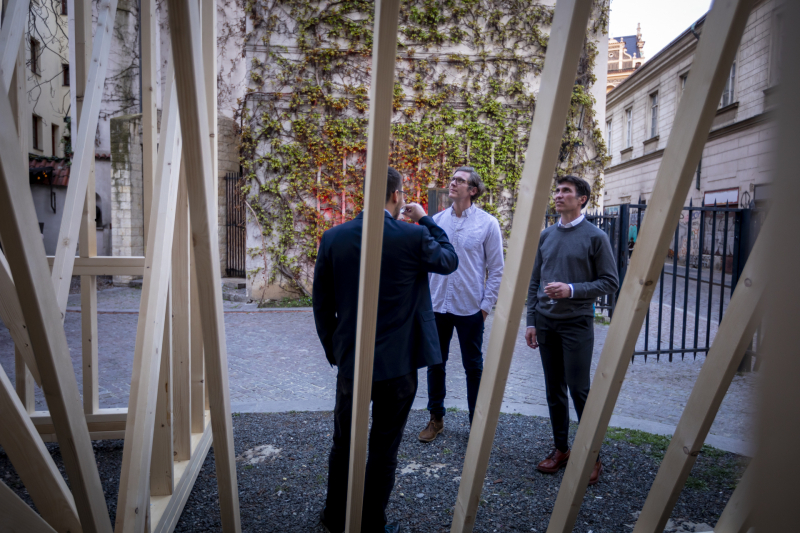 |
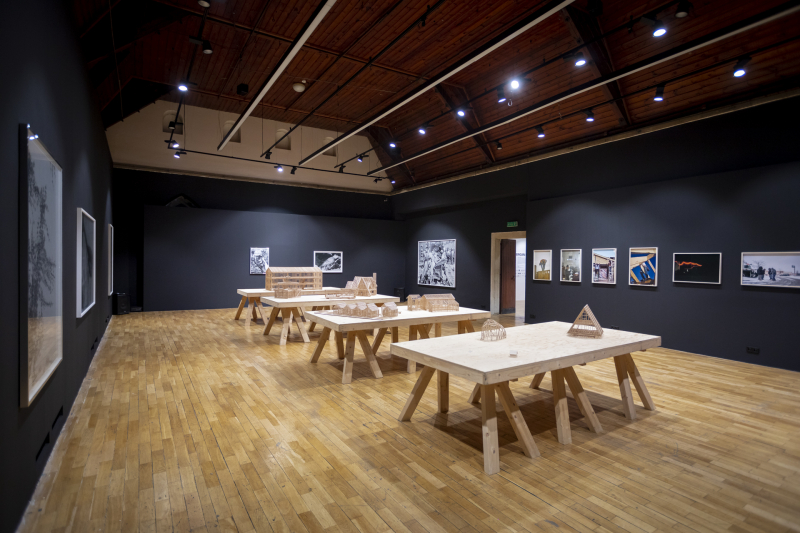 | 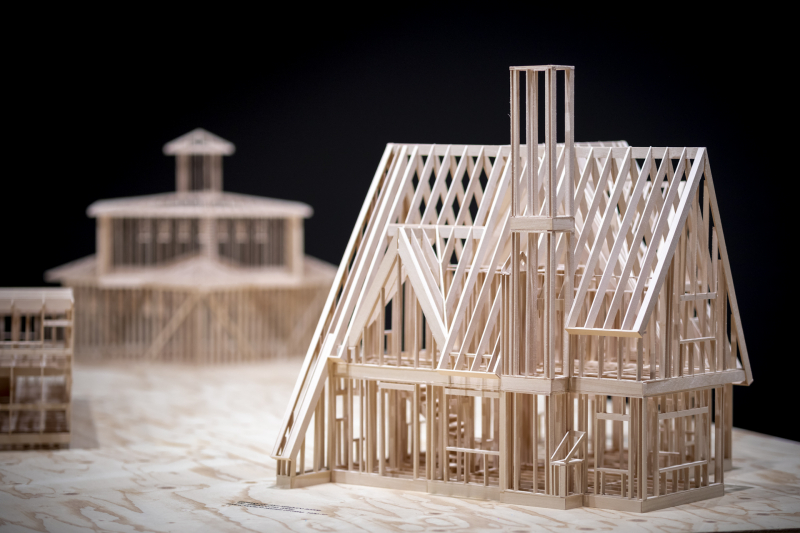 | 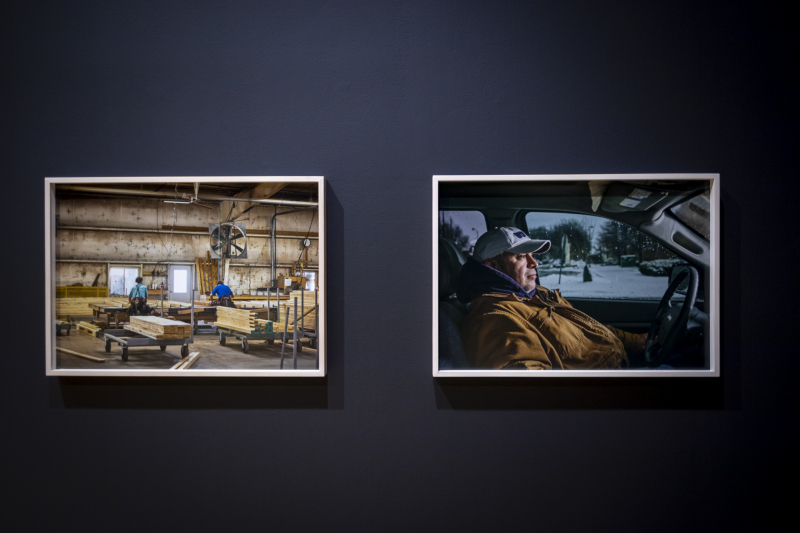 | 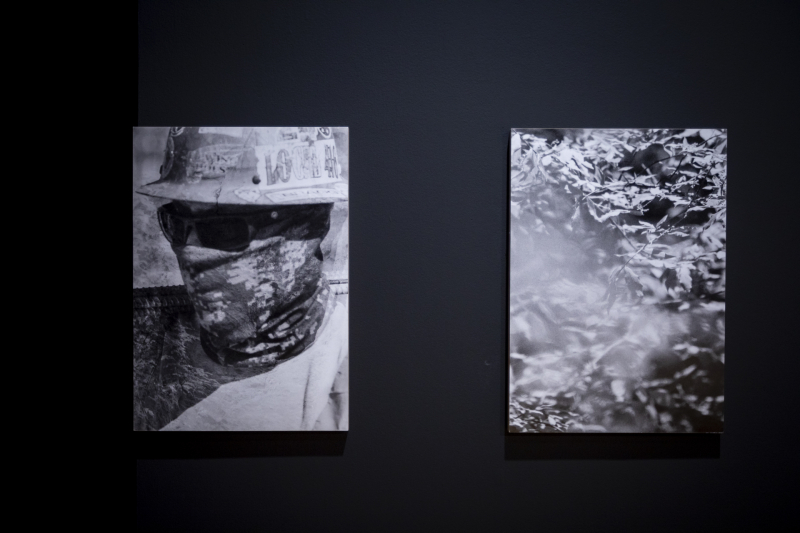 |
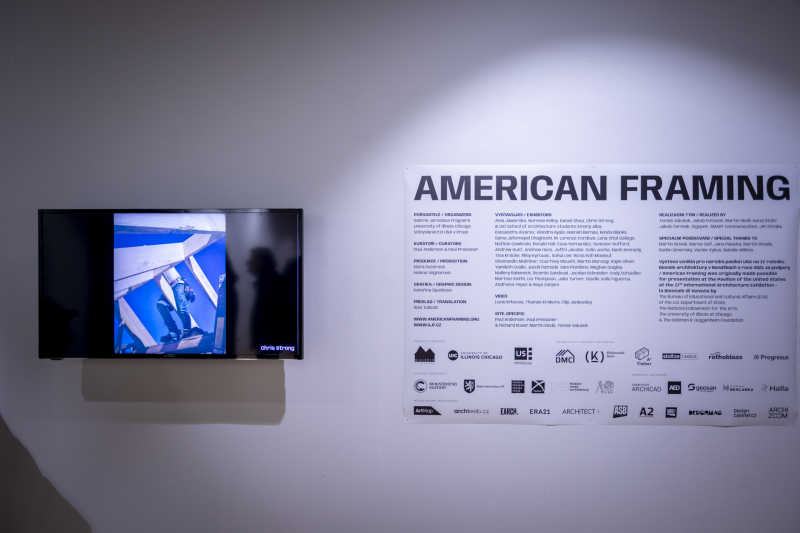 |  | 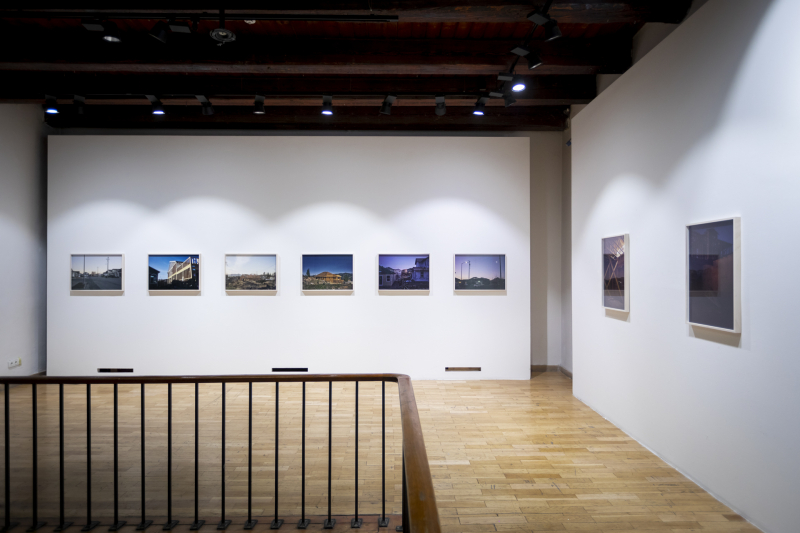 |  |
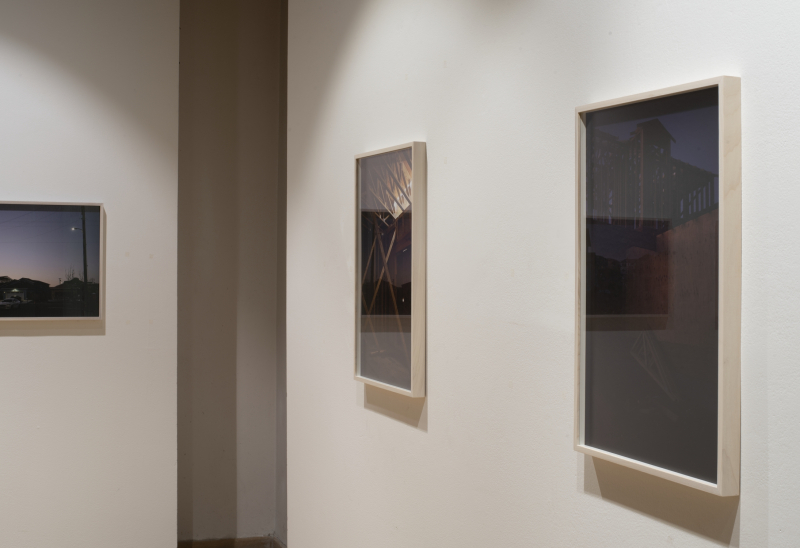 |  |  | 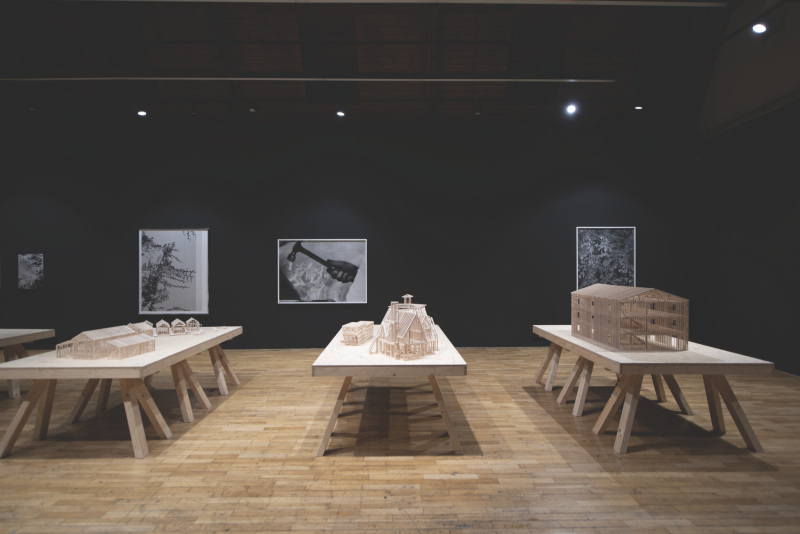 |
 |  | 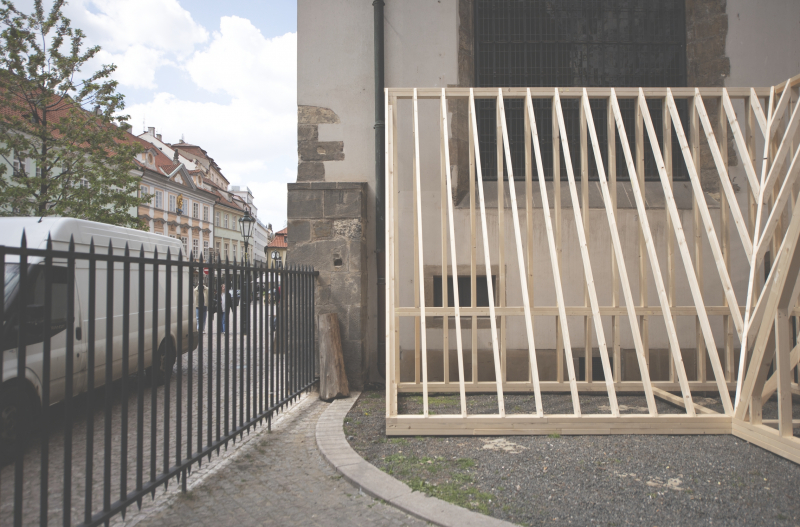 | 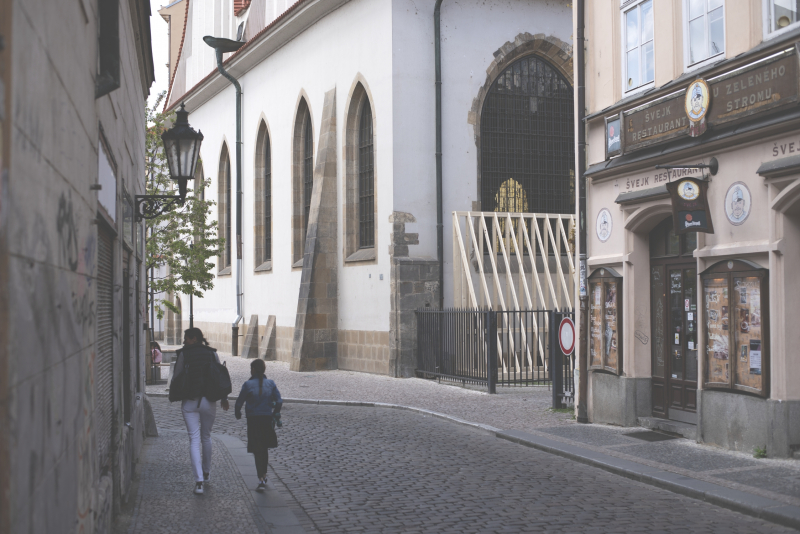 |
 | 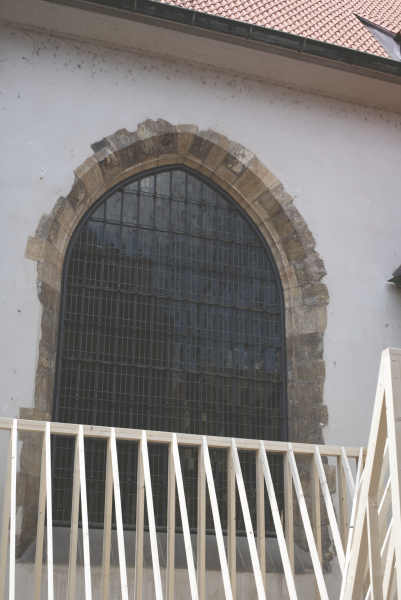 | 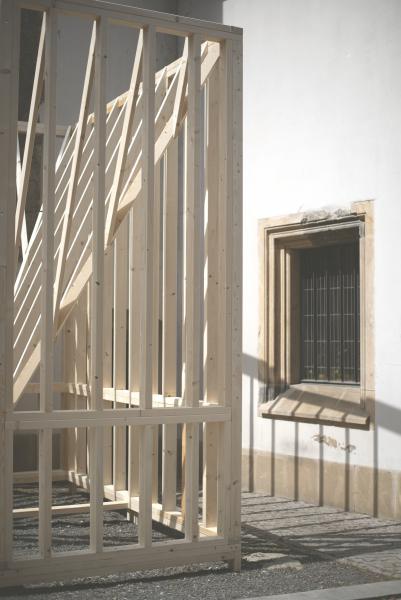 | 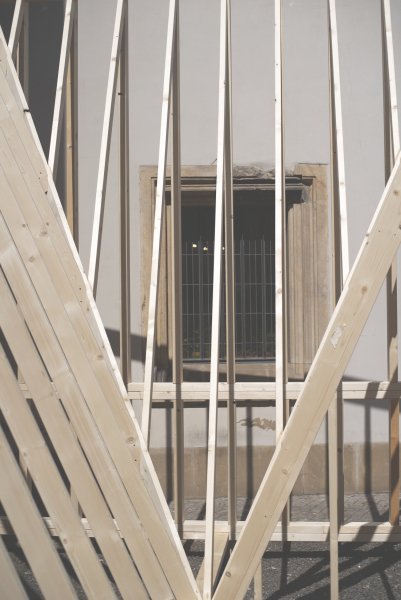 |
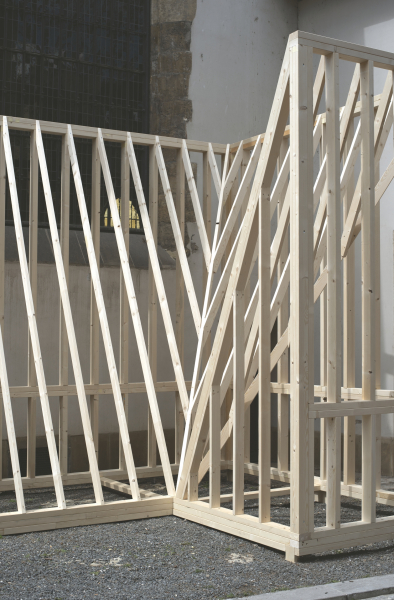 | 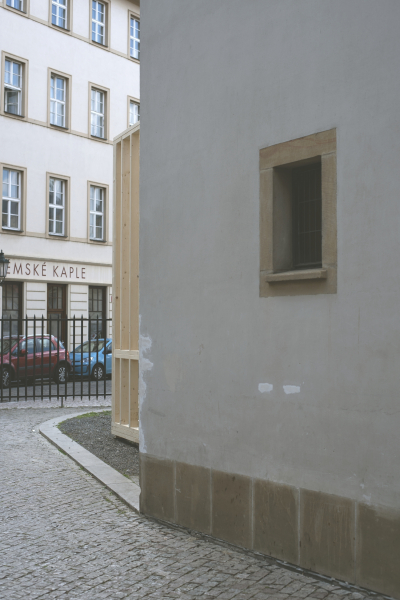 |  | 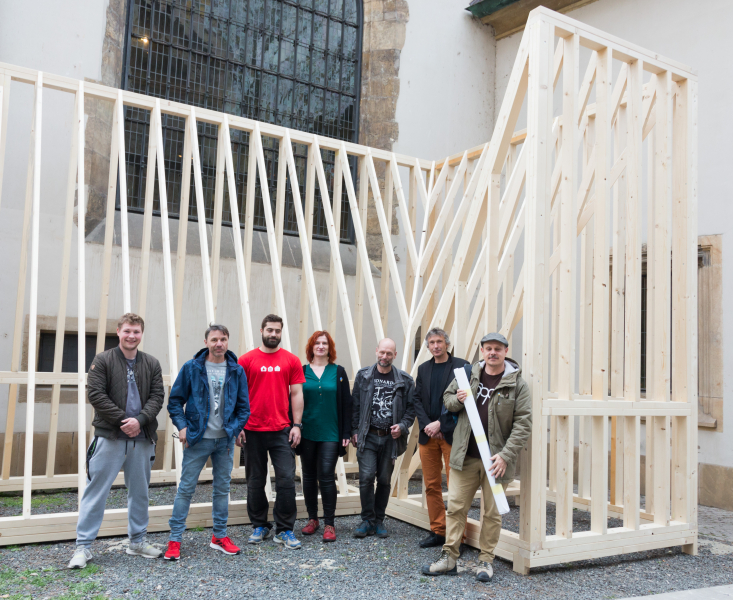 |